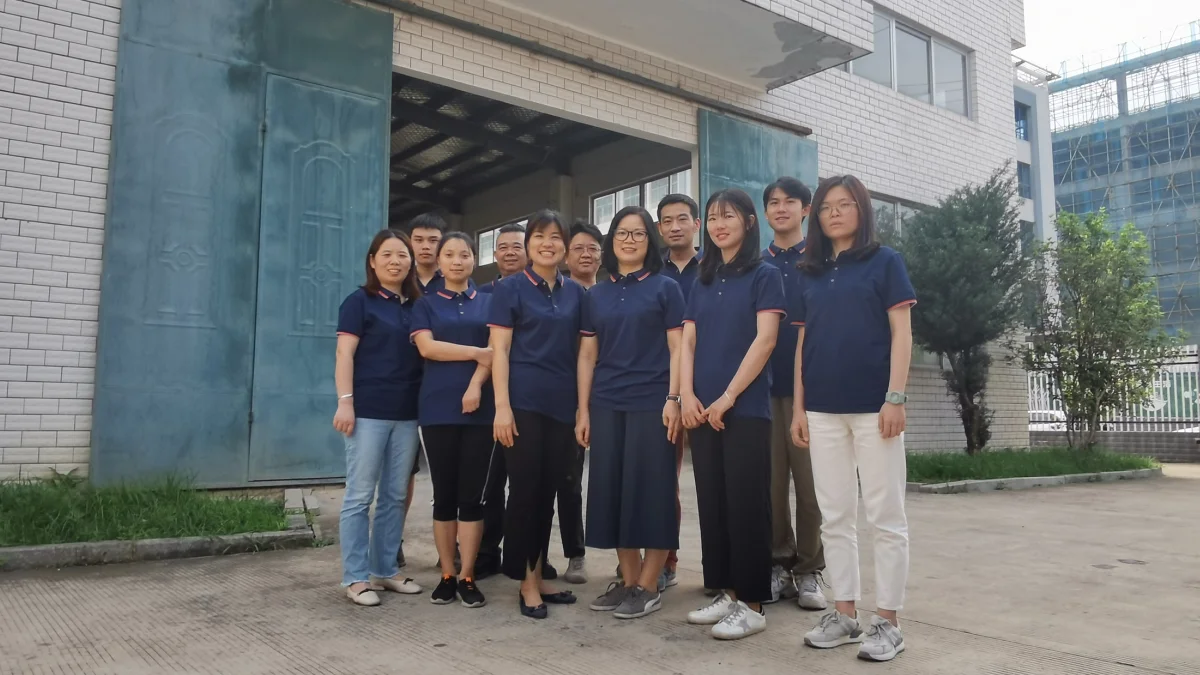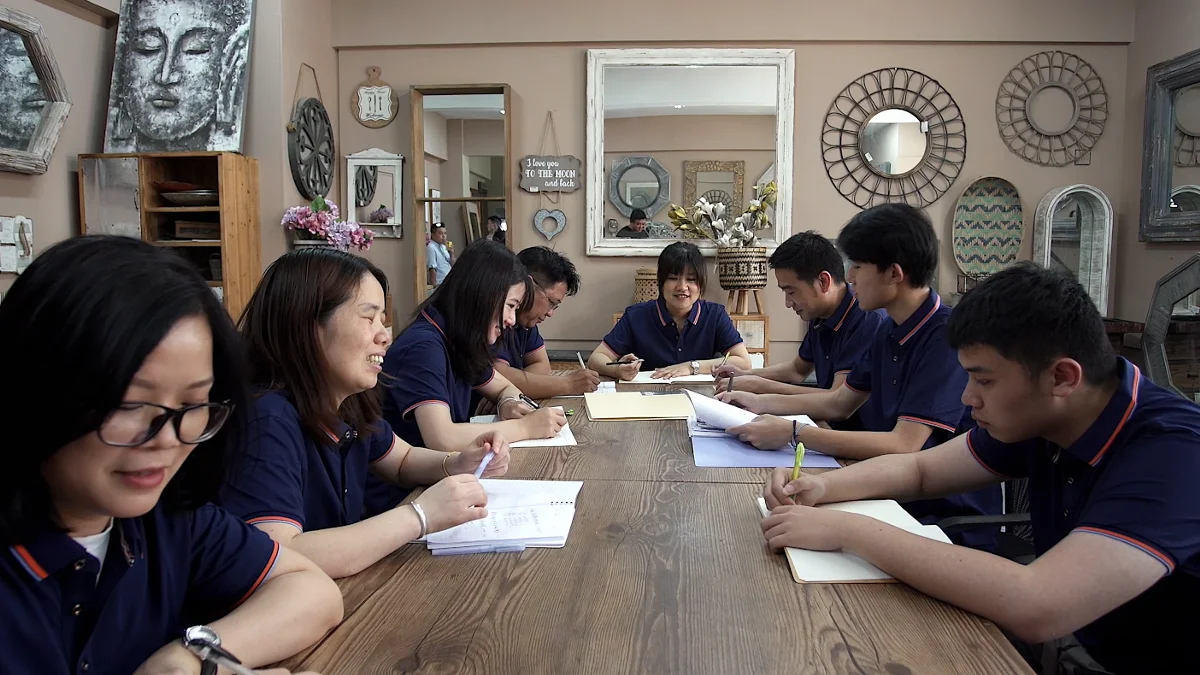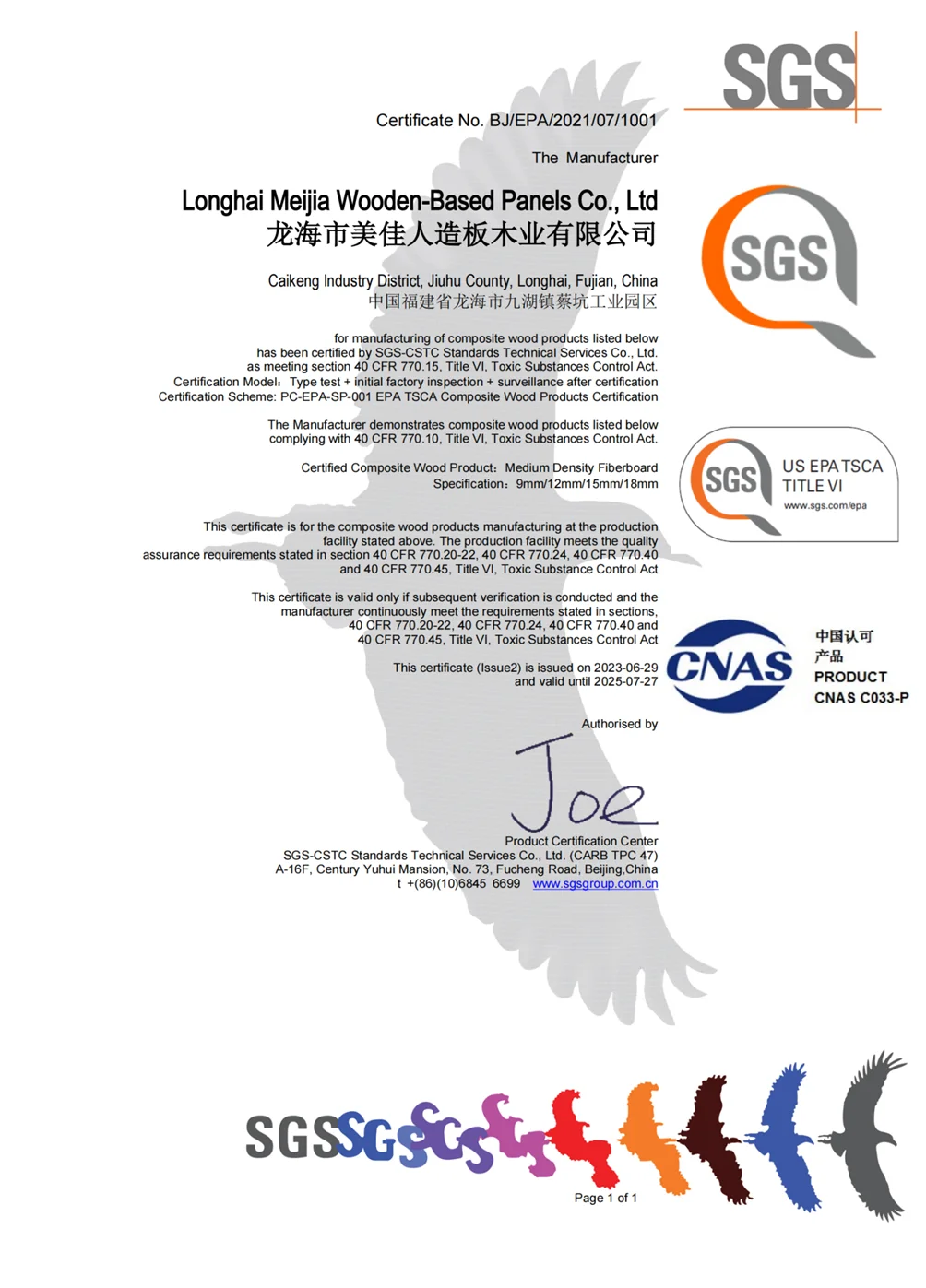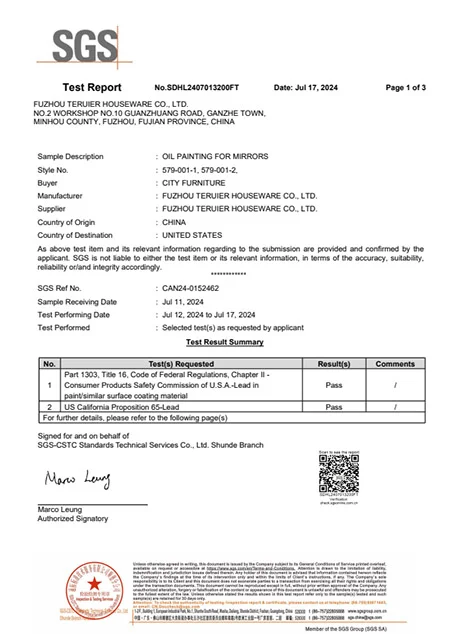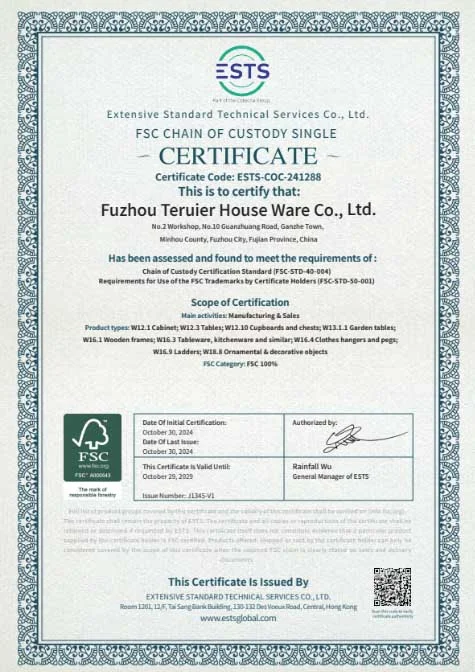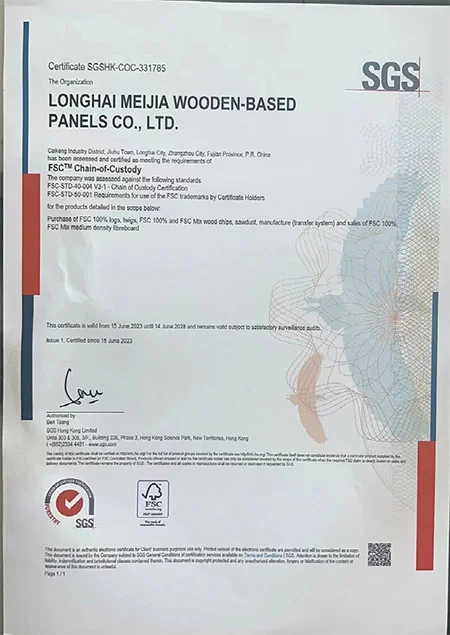high altitude training mirror Denver
Of course. That’s an excellent analogy. Using Denver as a “mirror” for high-altitude training is a perfect way to understand the concept.
Here’s a breakdown of what that means, why Denver is ideal for it, and how it works.
What Does “High Altitude Training Mirror” Mean?
It means that Denver’s environment replicates the key condition that athletes seek for altitude training: lower oxygen availability.
At higher altitudes, the air pressure is lower. While the percentage of oxygen in the air is still about 21%, the lower pressure means there are fewer oxygen molecules in each breath you take. This state is known as hypoxia.
Your body must adapt to this stress, and those adaptations are what improve athletic performance.
Why Denver is the Perfect “Mirror”
Denver is famously known as the “Mile High City” because its official elevation is exactly 5,280 feet (1,609 meters) above sea level. This places it in the sweet spot for effective high-altitude training:
-
Significant Altitude: At 5,280 feet, the oxygen availability is about 17% lower than at sea level. This is enough to provoke a robust physiological adaptation.
-
Not Too Extreme: Unlike training centers in the Andes or Alps that can be at 8,000+ feet, Denver’s altitude is high enough to be effective but generally low enough that athletes can still train at a reasonably high intensity without excessive fatigue or risk of illness.
-
World-Class Facilities: Denver and the surrounding Front Range (like Colorado Springs, home of the USOPC Training Center) are equipped with state-of-the-art facilities, coaches, and sports medicine experts who specialize in altitude adaptation.
-
Real-World Environment: Athletes can live and train at altitude full-time, simulating the conditions they might face in competitions held in high-altitude locations.
How the “Mirror” Works: Physiological Adaptations
When you train in Denver, your body “sees” itself in a low-oxygen mirror and responds by making these key changes:
-
Increased Red Blood Cell Production: The kidneys release a hormone called EPO, which stimulates the bone marrow to produce more red blood cells. These cells carry oxygen.
-
Improved Efficiency: Your body becomes better at utilizing the available oxygen. This includes changes at the muscular and cellular levels.
-
Enhanced Capillary Density: Your body may build more tiny blood vessels (capillaries) in the muscles to deliver oxygen-rich blood more effectively.
-
Increased Buffering Capacity: Your body gets better at dealing with the lactic acid build-up that causes muscle burn during intense exercise.
The Two Primary Altitude Training Strategies Used in Denver:
-
Live High, Train High (LHTH):
-
What it is: You live and train in Denver full-time.
-
Benefit: Constant exposure maximizes the hormonal signal (EPO) for producing more red blood cells.
-
Drawback: You cannot train at the same intense pace as at sea level, potentially losing some top-end fitness.
-
-
Live High, Train Low (LHTL):
-
What it is: You live and sleep at altitude in Denver (or in the mountains nearby), but you travel to a lower elevation (there are areas east of Denver as low as 4,000 ft) for your most intense training sessions.
-
Benefit: This is considered the gold standard. It allows you to get the physiological adaptations from living high while maintaining training intensity and power by training low.
-
How it’s done: Some teams use facilities with nitrogen-rich “altitude houses” where the oxygen level is artificially lowered, but the natural geography of Denver makes true LHTL logistically easy.
-
Who Uses Denver as a Training Mirror?
-
Endurance Athletes: Runners, cyclists, triathletes, and swimmers are the most common users.
-
Team Sports: NFL teams with games in Denver (like the Broncos’ opponents), soccer teams, and others prepare there to acclimate.
-
Military Personnel: For training and pre-deployment acclimation to mountainous regions.
-
Everyday Fitness Enthusiasts: Many people use Denver’s environment to kickstart their fitness goals, though results vary.
Important Considerations:
-
Acclimatization Period: Upon arrival, performance will initially decrease. It takes most people 1-3 weeks to fully acclimatize.
-
Hydration: The air is drier, and you lose more water vapor through your breath. Dehydration is a major risk.
-
Altitude Sickness: Some individuals can experience headaches, nausea, and dizziness. It’s important to listen to your body.
In summary, calling Denver a “high altitude training mirror” is spot-on. It reflects the low-oxygen environment that forces the human body to adapt, become more efficient, and ultimately perform better, both at altitude and upon returning to sea level.
Generally speaking, our order requirements are as follows: the minimum order quantity (MOQ) for large items is 50 pieces, for regular items it is 100 pieces, for small items it is 500 pieces, and for very small items (such as ceramic decorations) the MOQ is 1,000 pieces. Orders exceeding $100,000 will receive a 5% discount. The delivery timeline is determined based on the specific order quantity and production schedule. Typically, we are able to complete delivery within two months.






















